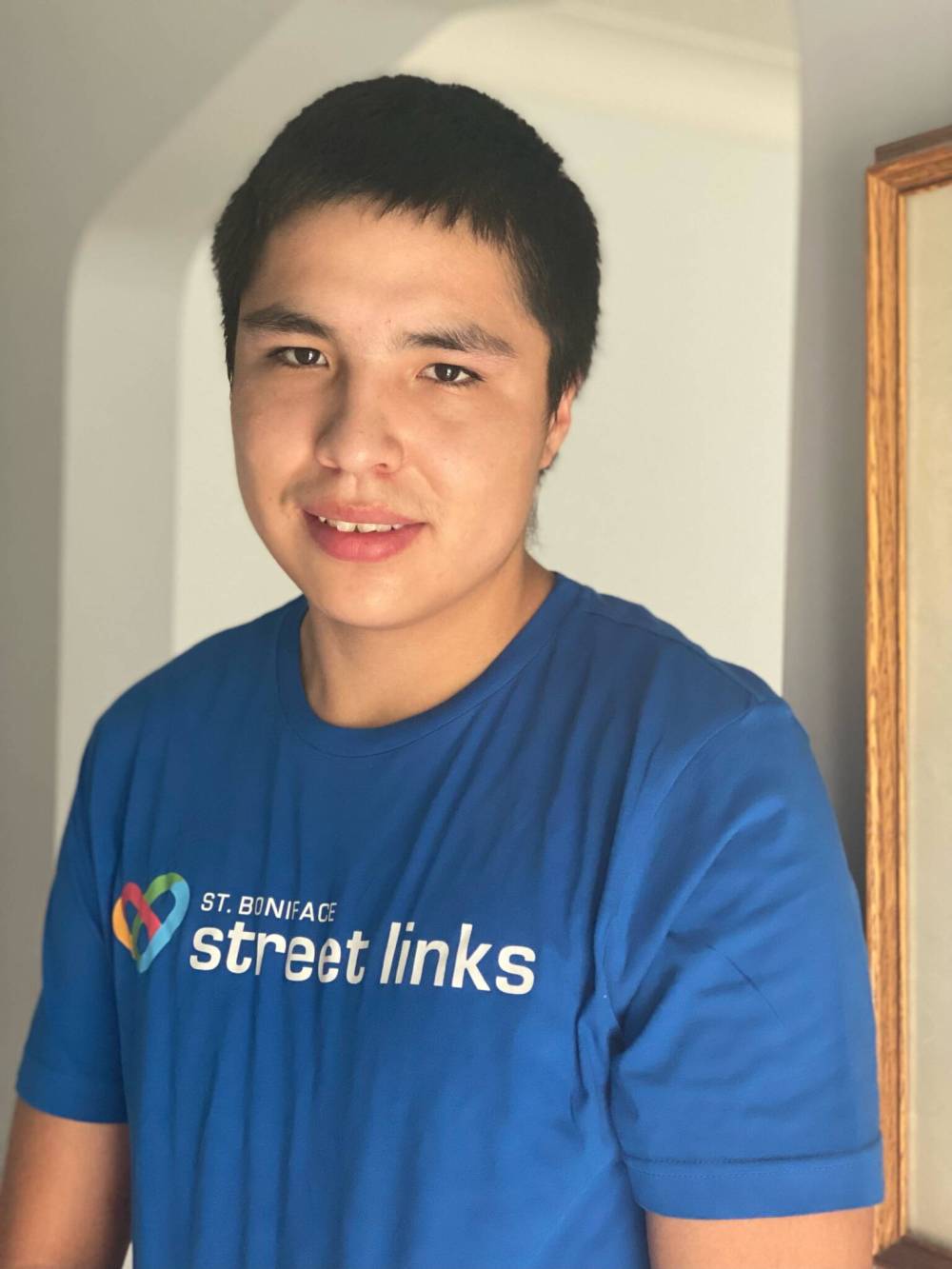Racism remains a blight on the justice system
Read this article for free:
or
Already have an account? Log in here »
To continue reading, please subscribe:
Monthly Digital Subscription
$1 per week for 24 weeks*
- Enjoy unlimited reading on winnipegfreepress.com
- Read the E-Edition, our digital replica newspaper
- Access News Break, our award-winning app
- Play interactive puzzles
*Billed as $4.00 plus GST every four weeks. After 24 weeks, price increases to the regular rate of $19.00 plus GST every four weeks. Offer available to new and qualified returning subscribers only. Cancel any time.
Monthly Digital Subscription
$4.75/week*
- Enjoy unlimited reading on winnipegfreepress.com
- Read the E-Edition, our digital replica newspaper
- Access News Break, our award-winning app
- Play interactive puzzles
*Billed as $19 plus GST every four weeks. Cancel any time.
To continue reading, please subscribe:
Add Free Press access to your Brandon Sun subscription for only an additional
$1 for the first 4 weeks*
*Your next subscription payment will increase by $1.00 and you will be charged $16.99 plus GST for four weeks. After four weeks, your payment will increase to $23.99 plus GST every four weeks.
Read unlimited articles for free today:
or
Already have an account? Log in here »
Hey there, time traveller!
This article was published 22/03/2023 (953 days ago), so information in it may no longer be current.
It’s been almost 32 years since Manitoba’s Aboriginal Justice Inquiry delivered its final report. Since that time, steps have been taken to address anti-Indigenous racism in our justice system.
Culturally based restorative justice programs have been introduced to address inequities and reduce recidivism. Direction has been given to the courts, including by the Supreme Court of Canada in its landmark Gladue decision, that judges must consider an Indigenous person’s past, in the context of Canada’s colonial history, when handing down sentences.
There is now greater awareness of how residential schools, the ’60s Scoop and the child welfare system have negatively impacted Indigenous people, and how those factors have led to higher rates of incarceration, longer sentences and worse treatment in custody.
Despite that, the inequities continue. Indigenous people are still incarcerated at higher rates than non-Indigenous offenders and serve disproportionately longer sentences.
“Aboriginal people who are arrested are more likely than non-Aboriginal people to be denied bail, spend more time in pre-trial detention and spend less time with their lawyers, and, if convicted, are more likely to be incarcerated.”–1991 AJI report
“The justice system has failed Manitoba’s Aboriginal people on a massive scale,” the 1991 AJI report found. “It has been insensitive and inaccessible, and has arrested and imprisoned Aboriginal people in grossly disproportionate numbers. Aboriginal people who are arrested are more likely than non-Aboriginal people to be denied bail, spend more time in pre-trial detention and spend less time with their lawyers, and, if convicted, are more likely to be incarcerated.”
The court cases of Ethan Wildcat, an Indigenous man sentenced last year to three years in prison, and Regan Breemersch, a non-Indigenous man found guilty of similar offences but who was spared jail time, highlight the racial inequality that continues to fester in our justice system.
The two cases, not connected but presided over by the same judge, were examined side-by-side in a Free Press feature story over the weekend.
Both men have taken steps to turn their lives around, including overcoming addiction through treatment and counselling. Each was released on bail to Morberg House, a 12-bed residential recovery facility in St. Boniface, where they both showed significant progress. Wildcat has since worked with elders to connect with his Indigenous culture.
However, the two men, who were convicted of weapons possession and other offences, received substantially different treatment in court.
Provincial Court Judge Rachel Rusen ruled that Mr. Breemersch, who is white and comes from a middle-class family, should serve his sentence in the community because he was an “exceptional case,” but Mr. Wildcat should be locked up. According to Judge Rusen, Mr. Wildcat did not turn his life around enough to avoid a prison sentence.

The two cases are not exact and each has its share of mitigating and aggravating factors. However, they are not so dissimilar that one warranted a community sentence and the other a three-year term in a federal penitentiary. It is an astonishing double standard.
In fact, one could argue Mr. Wildcat has done comparatively more to better himself, given the trauma he endured growing up on Alberta’s Ermineskin Cree Nation, where he was subjected to poverty, hunger, drug and alcohol abuse, and gang violence. Those are precisely the kind of Gladue factors courts are supposed to consider at sentencing. It appears the judge in this case, and the prosecutor who recommended a federal prison term, gave little consideration to those factors.
That is tragic, not only for Mr. Wildcat and Indigenous offenders like him, but also for society, public safety and the evolution of our justice system. A penitentiary sentence will do nothing to enhance public safety in this case. It may even compromise it, depending on the extent to which it impedes Mr. Wildcat’s progress.
It is the exact opposite of the recommendations made in the AJI report more than three decades ago.










